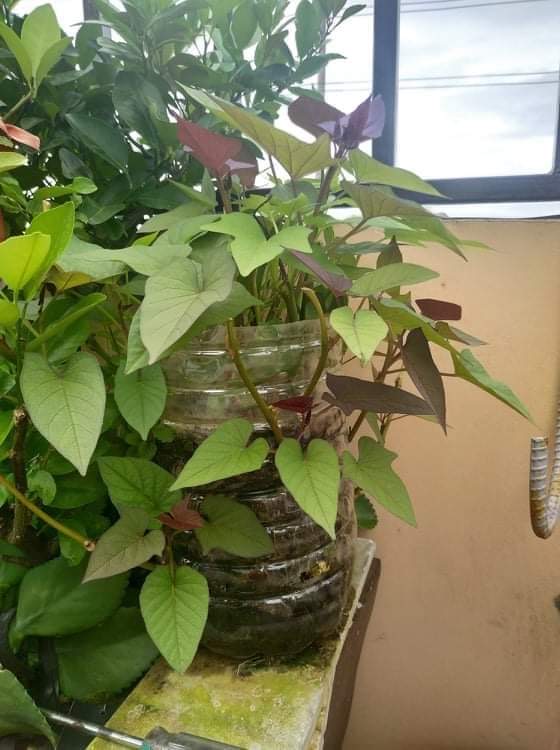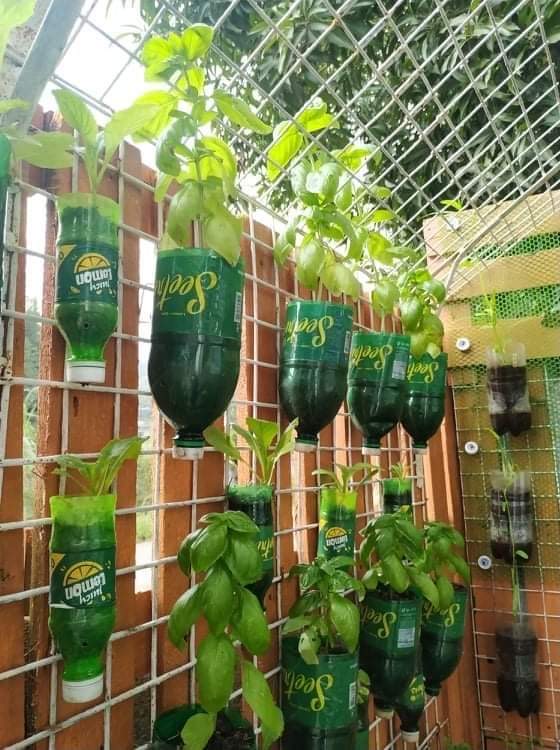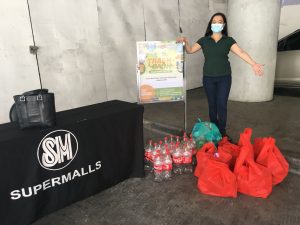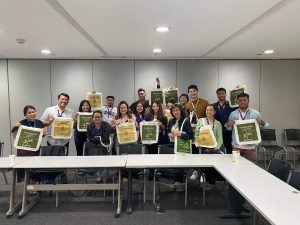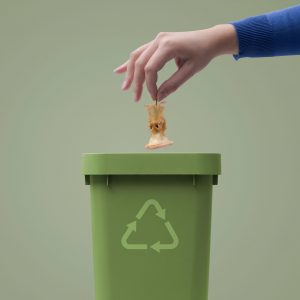A good starting point toward sustainable living is creating a vegetable garden. Nowadays, a big plot of land is not necessary. Here are some tips on how to start your very own veggie farm:
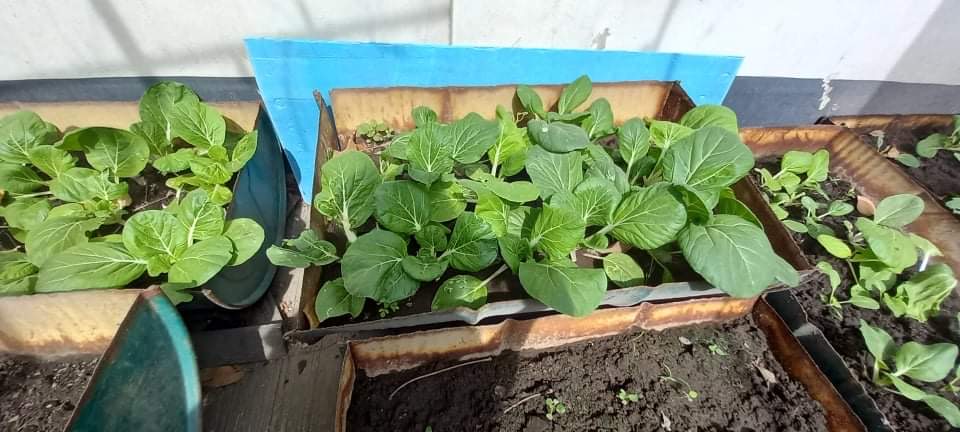

- Choose the ideal location
You can grow just about any vegetable in a container. Set your garden in your terrace, balcony, or rooftop. Not enough space? A hanging or vertical garden can get the job done!
When choosing the right location, the important thing is plenty of sunlight. Ideally, the plants should get 6-8 hours of direct sunlight. If your chosen location provides partial shade, you may opt to choose vegetables or herbs such as lettuce, spinach, cilantro, thyme, and parsley.
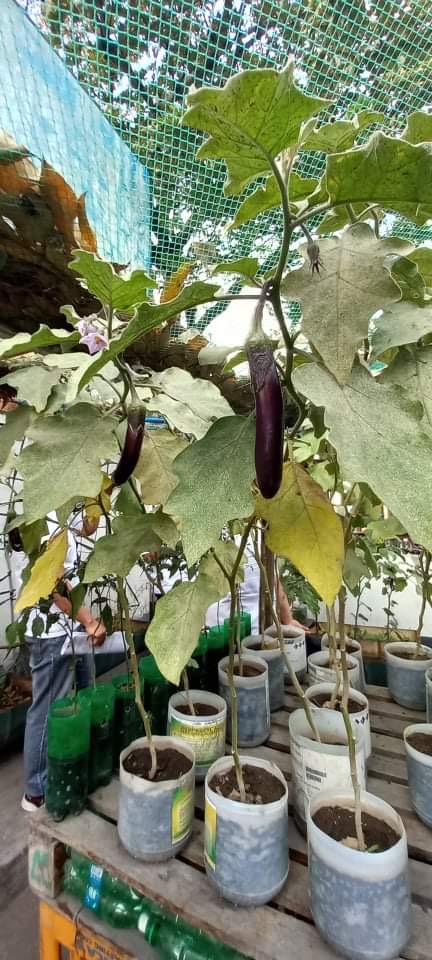

2. Plant what you like to eat
The beauty of creating your own vegetable garden? You have the liberty to choose what you want to grow! Preferably crops you love to eat or herbs to add to your dishes. Consider also their productivity. Chili peppers, eggplants, tomatoes, and okra, can produce harvest throughout the year, while lettuce, pechay, mustard, and radish, can only be harvested once and then they need to be replanted.
3. No to food waste
Don’t let excess produce go to waste! Determine the number of seeds you need and consider how much you and your family can consume. Extras can be given to friendly neighbors!
4. Use rich soil
Good quality rich potting soil is important for crops to grow properly and to have an abundant harvest. Rich soil is usually dark in color and crumbly. Avoid compact soil as this will not provide good drainage and will make your plants prone to root rot. Soil can be improved by adding compost. You can find potting soil in plant or agricultural shops.
5. Select the right container
Choosing the right container for your vegetable garden can be a little daunting. Fret not! You can use almost anything for a container as long as it provides good drainage. Try to upcycle and create planters from PET bottles, pails, ice cream gallon containers, and drums, to prevent more plastic consumption. Even old tires or pipes can be used!
Busy farmers with day jobs? Grow your vegetables in self-watering containers if you cannot water them regularly or if the vegetable garden is located in an area without access to water. You just have to make sure to keep the water reservoir full. Don’t forget to use the right size for a specific variety of crops.
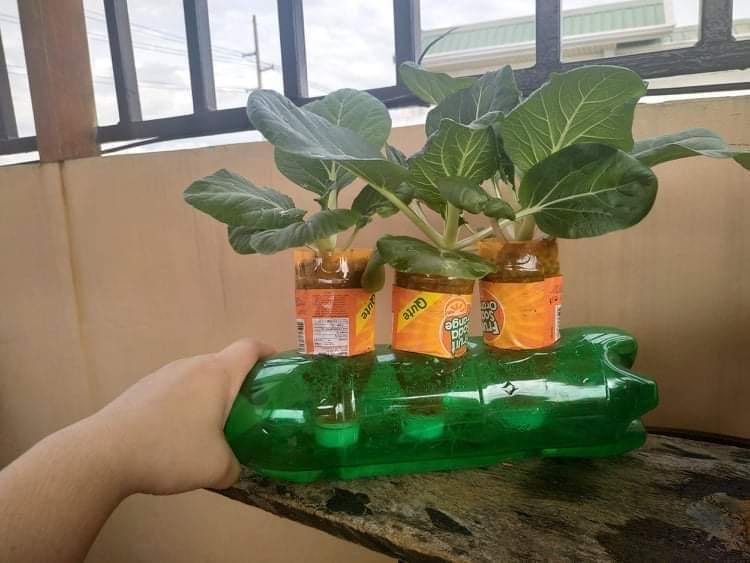

6. Type of water to use
Good access to water is a must. Container plants need to be watered daily at least twice a day. Rainwater is the best type of water to give to your vegetable garden. It contains minerals necessary for their health and promotes water conservation. Tap water or water coming directly from the faucet is not ideal to use since it contains chemicals that can damage the plants. No access to rain water? Let tap water sit overnight to get rid of chemicals like chlorine before using it in your garden.
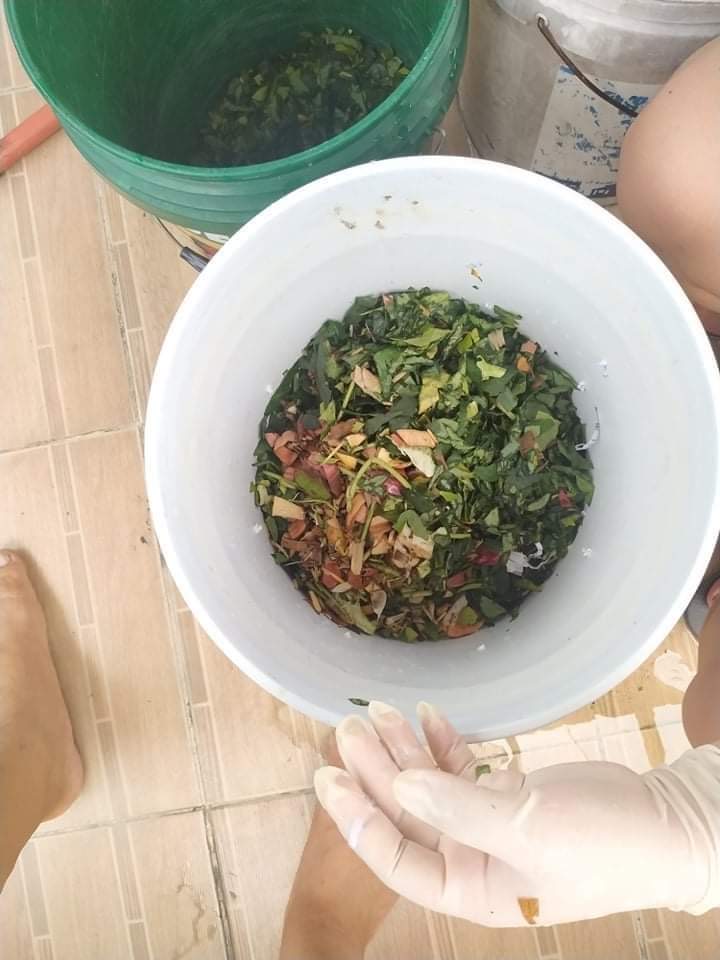

7. Feed your plants
The basis of a healthy plant is healthy soil. However, nutrients in the soil diminishes over time which is why adding compost to your garden is necessary. Compost, often referred to as “black gold,” adds nutrients and offers many benefits as a garden soil amendment. It improves soil structure, aids microbial activity, and retains moisture. You can even make your own compost using kitchen and yard waste. Making your own compost is not only beneficial for your garden – it also helps reduce the amount of garbage being sent to the landfills.
8. The last step: Have fun!
Enjoy the fruits of your labor! It’s time to unleash your inner farmer and start living a healthy, environmentally-conscious, and sustainable lifestyle.
